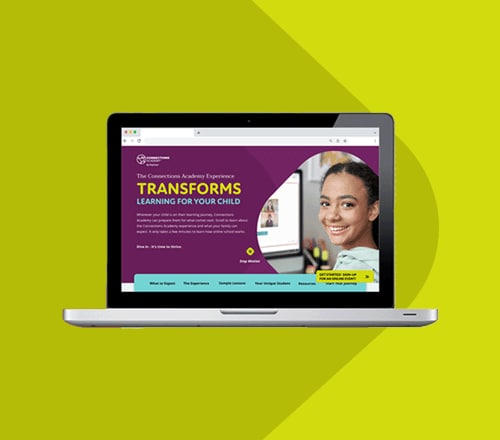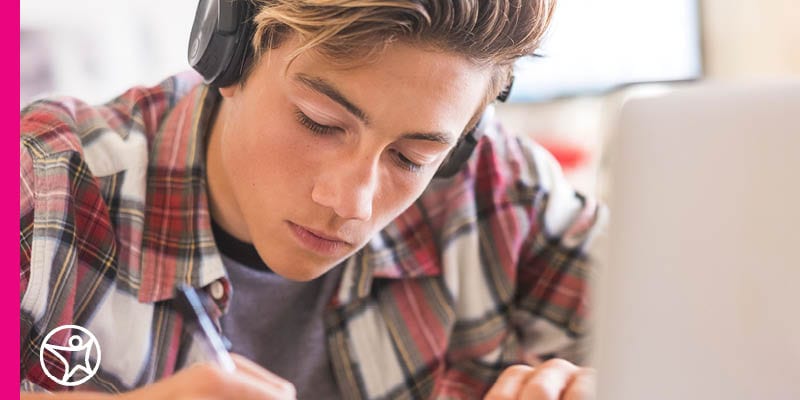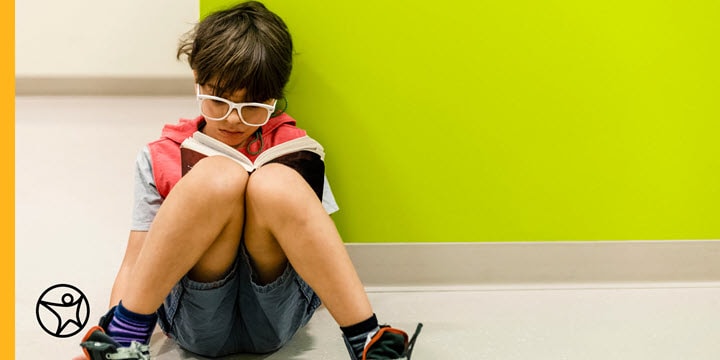Learning Activities for High School Students to Try Over Winter Break
byJulie Hersum
4 min to read
This article was originally published November 2022 and updated December 2024.
Downtime is essential for mental health and well-being, and this is as true for busy high school students as it is for working adults. Fortunately, the extended time off during winter break gives many students a chance to relax, unwind, and recharge by engaging in activities that balance learning with fun.
From learning how to cook to mastering the basics of ASL, high school students can use their winter breaks to get a jump start on their New Year's resolutions and gain valuable life skills.
Winter Break Learning Activities for High Schoolers
1. Improve Financial Literacy
The holiday season can be an expensive time for some, but it can also be a great time to help teens improve their financial literacy. In two weeks, teens can learn the basics of budgeting, how credit and interest work, and the importance of saving and tracking what they spend. Improving their financial literacy by speaking with a financial advisor or even checking out a few books about personal finance from the library can help set teens on a path to make more informed decisions when it comes time to apply for student loans, buy a car, or how to use their first paycheck after entering the workforce.
2. Make a Winter Craft or Start a Winter Project
DIY projects or arts and crafts don’t usually need more than what teens can find around the house. Whether they try learning how to knit a pair of socks, draw their favorite animal, or even write a song, creating something can be incredibly rewarding—and may not take as long as they think to master the basics. Teens can look up tutorials online, reach out to a friend or family member, or learn by trial and error to make their creations a reality. Who knows, what could start as a hobby might turn into a small business!
3. Practice Gratitude
Gratitude is a life skill that can be honed at any time, but the time just after the holidays and right before the end of the calendar year gives teens a chance to use their winter breaks to reflect on everything they are grateful to have in their lives. Teens can practice gratitude by writing thank you notes to their friends, family, and even teachers, to express what they appreciate in others and what they’re thankful for. Thinking about what they are grateful for is an activity that can even help them feel more satisfied in general.
4. Earn a Professional Certificate
Uninterrupted time during winter break can be a great opportunity for students to pursue a professional certificate. Not only can they learn something new, but they can explore potential career interests and gain a sense of accomplishment and confidence from earning a credential that they can use to boost their resume or college applications.
5. Plan and Make a Meal from Scratch
Learning opportunities are limitless when it comes to cooking and baking. Not only can teens get involved with budgeting and planning for meals, but while making meals or baked goods, they can also gain a sense of independence and confidence, especially after sharing their creations with family members and friends.
Motivate teens by letting them pick what sounds interesting—whether it’s baking cookies, making sushi, or creating a full meal.
There are of course many more learning activities for your teen to consider engaging in during winter break, from volunteering to visiting museums, local historical sites, or other places of interest. And if all of these suggestions fail, there’s always the go-to, tried-and-true learning activity: reading books.
Learning Activities through Connections Academy
Connections Academy offers students learning activities beyond standard coursework that helps them develop academically, socially, and personally. Learn more about how to enroll online by downloading your free Connections Academy eGuide.



